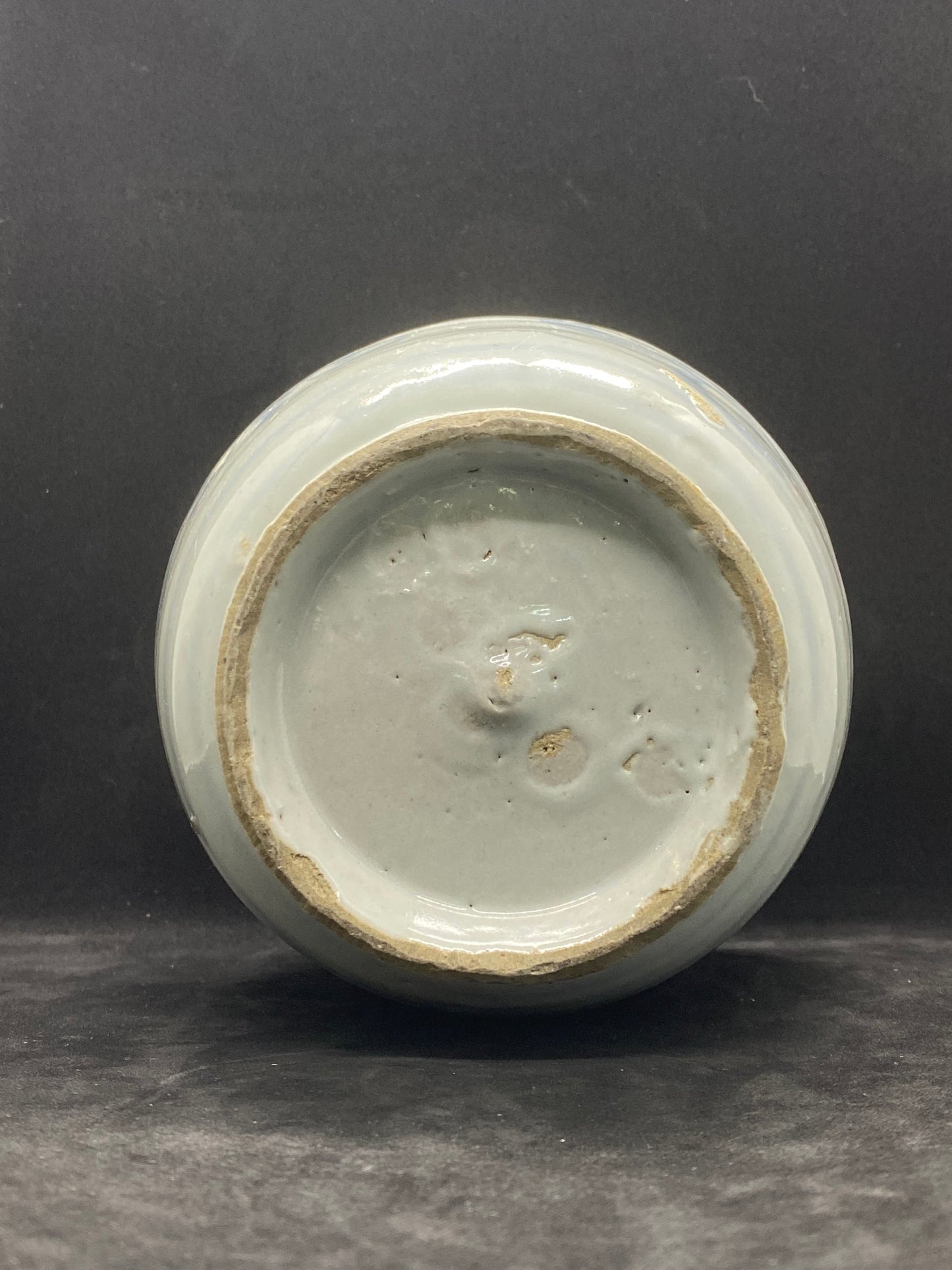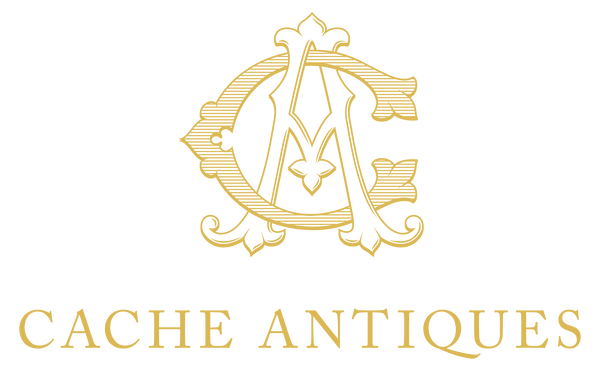cacheantiquessydney
19th Century Swatow Ware Water Basket Jug or Carrier
19th Century Swatow Ware Water Basket Jug or Carrier
Couldn't load pickup availability
Swatow ware as it was known back in the day was originally named as such as it was believed to be shipped from the port of Swatow, nowadays known as Shanzhou. Nowadays it is known as Zhangzhou ware as that is its primary place of origin, as it was produced during the late Ming Dynasty to early Qing Dynasty.
Unlike other highly ornamental styles such as Imari ware or famille rose, Swatow ware was characterised with translucent blue or turquoise over glaze, and a spontaneity of pattern and expressiveness that is not usually seen in Chinese porcelain. For that reason it was highly prized in the South-east Asian markets that it was exported to, with chiefs and royalty often seen by European missionaries to be eating from them. Moreover there was a small segment of Japanese tea masters who priced Swatow ware for its embodiment of the principle of wabi: austerity, spontaneity, and apparent artlessness, such as was demonstrated by cha no yu masters such as Sen no Rikyu.
This particular piece is a Swatow ware water basket or carrier. See ''Straits Chinese porcelain. A collectors guide'' by Ho Wing Meng for an excellent description and examples of Swatow ware pieces.
Due to the history of use, it is rare to find Swatow ware in such good condition. Its calligraphic patterns and loose brushwork makes it a perfect example of Swatow ware. Price is priced at $550AUD.
Diameter of approx 16cm at widest point, 18 cm high.
The base is unmarked as is characteristic of Swatow ware; wear to rim and body commensurate with age. Slight manufacturing flaws characteristic of Swatow ware and wear to unglazed base commensurate with age.
Shipping & Returns
Shipping & Returns














